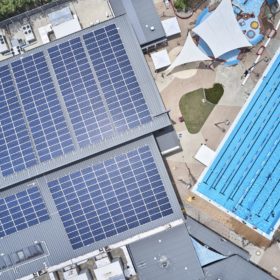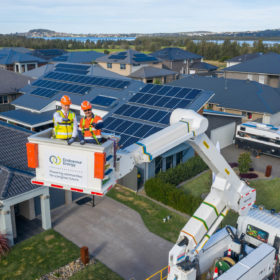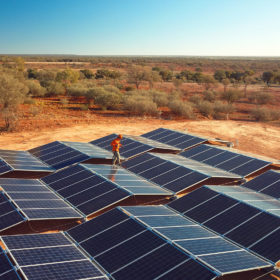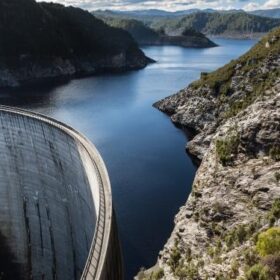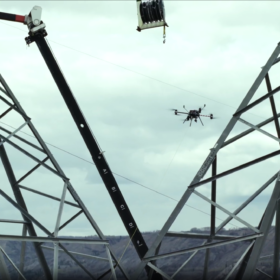Solar saves NSW City Council $46,000, prompts plans for a third system quadruple the size
In the twelve months since its solar systems were installed, Wagga Wagga City Council saved over $46,000. Given the success, the Council tells pv magazine Australia it is now planning an additional 500 kW system.
Smart meters allow excess midday solar energy to be soaked up locally in ‘innovative’ NSW program
A new program has launched on the New South Wales south coast enabling solar generated on residential rooftops to be consumed locally by hot water systems through smart meters alone, helping manage the growing problem of variable electricity in the grid without requiring new infrastructure.
Four keys to getting Australia’s hydrogen economy right
As Australia’s hydrogen hype is substantiated by a pipeline of real projects backed by real money, questions around how to design Australia’s ‘future fuel’ industry so it doesn’t become a fossil fuel lifeline grow increasingly urgent. Nicky Ison, WWF Australia’s Energy Transition Manager, shares the four focal points she believes are key to ensuring Australia’s hydrogen economy is cleanly built.
Victoria bans door-to-door sales for solar companies, introduces $1 million fine for wrongful disconnections
Victoria’s state government has introduced new rules for solar businesses and energy retailers banning on door-to-door sales of products and announcing penalties of up to $1 million for retailers that wrongfully disconnect the electricity of vulnerable Victorians.
Stop removing your solar panels early, please. It’s creating a huge waste problem for Australia
Charles Darwin University’s Deepika Mathur, and Imran Muhammad of Massey University in New Zealand reveal surprising results from their study into why Australians are retiring solar panels before their time, and what it means for our material footprint and the environment.
NSW Riverina in store for 100 MW / 200 MWh big battery
Murrumbidgee Shire in the New South Wales’ Riverina region is set for a big battery and big flexibility after Edify and Shell Energy came together on a deal that will see the realisation of the Riverina Energy Storage System.
$11 million ARENA/Alcoa project to demonstrate efficient green alumina processing
ARENA and green-thumb Angus Taylor have launched a project to demonstrate that renewable energy can be cost competitive compared to fossil-fuel use in the processing of alumina — providing an incentive for one of Australia’s biggest industries to adopt this technology and offer low-carbon alumina to the world market.
The winning ways of the Australian Technologies Competition
Got a startup that’s contributing to the energy transition, to advancing development of “smart” cities, to decarbonisation of agriculture or mines? The ATC has a track record for scaling up promising tech and has just extended its entry deadline to June 7. Opportunity knocks.
Discovered: Sandwich structure of quasi-2D perovskite film nourishes next-gen solar development
Even as solar researchers strive to squeeze every drop of efficiency from the industry-ruling silicon solar-cell technology, scientists are constantly questing for the next, cheaper, more efficient way of harvesting the sun’s energy to power human endeavours. The appetite for accelerating 2D perovskite solar cell development has just been piqued!
Australia-China relations continue to sour
Last week’s announcement by China’s National Development and Reform Commission (NDRC) that it has indefinitely suspended all high-level economic dialogue with Australia indicates Beijing’s increasing willingness to target trade in its dispute with Canberra. With China buying around a third of everything Australia exports on a value basis, the downward spiral in Sino-Australian diplomatic relations is clearly of concern.
